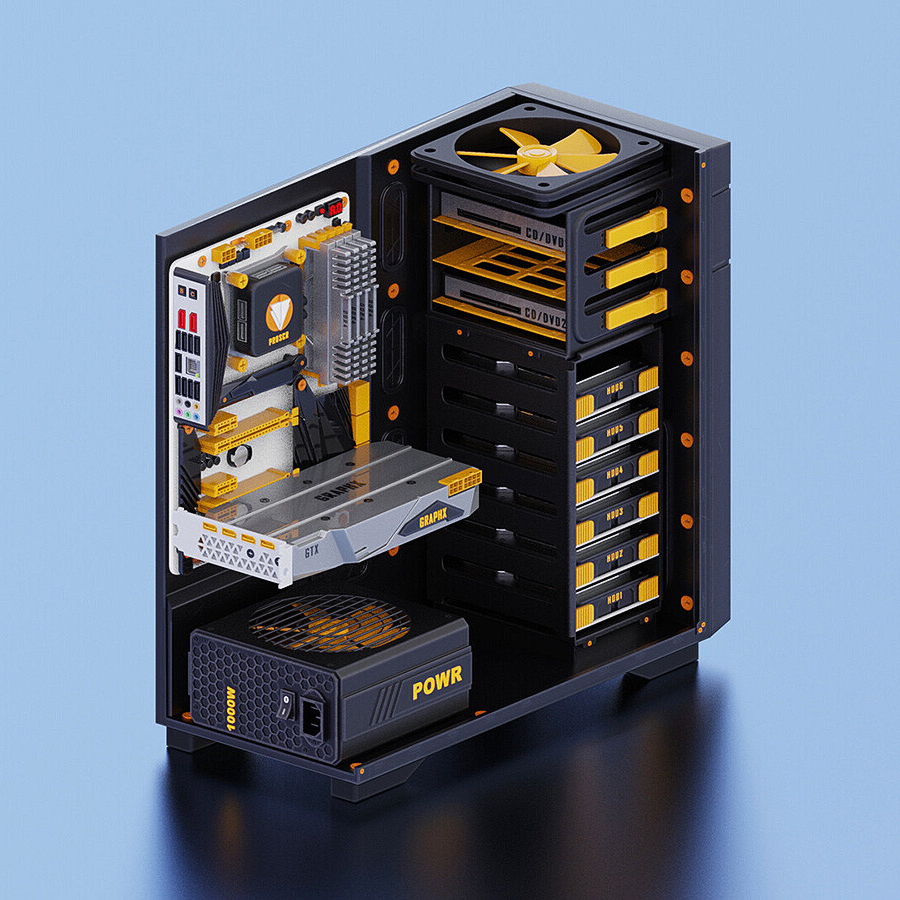

This diet is based on Dr. Roy Taylor’s research on Type 2 Diabetes, and its reversal. He and his team noticed that people with T2D have fat in their liver and pancreas. They confirmed this with a new MRI imaging technique that they developed. Regardless of body weight, if you have fatty liver/pancreas you have T2D or at least pre-diabetes. But, if your liver and pancreas are healthy, you can be overweight and not have T2D.
They call it the twin cycle hypothesis. Google it up, but short is this. If fat builds up in your liver, it starts a cycle that among other things causes the liver to send fat in to your pancreas, which starts another cycle in the pancreas, which feeds the liver’s cycle. As the pancreas gets more and more fatty, the insulin producing beta-cells begins to de-activate, which leads to T2D.
They wanted to test whether this hypothesis is true, and if so, is T2D reversible. How to do that? Their T2D test subjects must loose weight. What’s the fastest way to do that? Extreme caloric restriction.
They put their subjects on a diet consisting of 4 doses of meal replacement formula per day (800kcal/day). Their subjects noticed that it’s actually quite easy to stick to that diet after couple days.
The results of their studies is that if people loses enough fat to free their pancreas from fat, their pancreas can heal and return to normal, reversing T2D. But, there is always a but. If T2D has been going for too long (over 6 years in their studies), too many of the beta-cells have died, and full reversal of T2D is not possible.
Note: Extreme caloric restriction is very dangerous if you are on T2D medication. Do your own research and talk to your doctor. I tried to use correct terms so it’s easy to check the things.





Peerless Assassin isn’t much more expensive. I have it on my Ryzen 5700x, and it’s never audible. At idle my PC is pretty much silent and while playing games GPU and case fans hides any noise the PA makes.